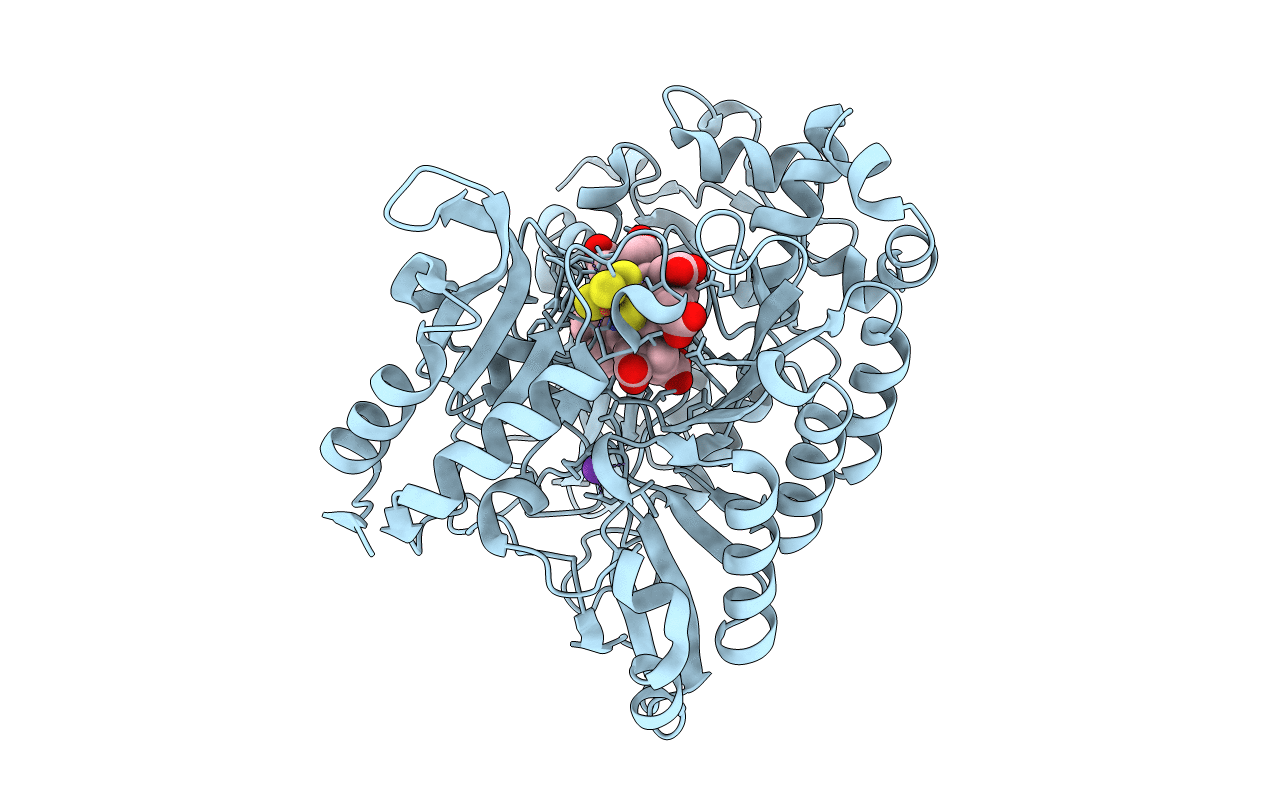
Deposition Date
2011-11-20
Release Date
2012-04-25
Last Version Date
2023-12-27
Entry Detail
PDB ID:
3VKP
Keywords:
Title:
Assimilatory nitrite reductase (Nii3) - NO2 complex from tobbaco leaf analysed with low X-ray dose
Biological Source:
Source Organism:
Nicotiana tabacum (Taxon ID: 4097)
Host Organism:
Method Details:
Experimental Method:
Resolution:
1.40 Å
R-Value Free:
0.18
R-Value Work:
0.17
R-Value Observed:
0.17
Space Group:
P 4 21 2


